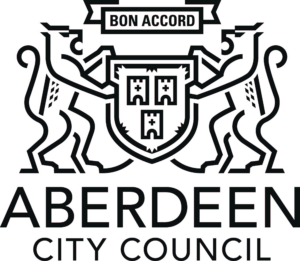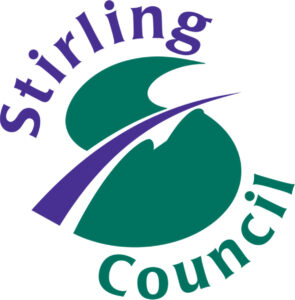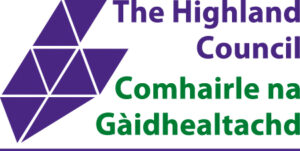
This paper draws upon archival records, literature, data, media reports and testimony from policymakers and practitioners in order to chart the development of youth justice since 1968. It describes policy and practice change since then that has been slow and incremental, rather than radical. And while the legacy of Kilbrandon has been a clear and strong set of principles acting as a beacon to guide both policy and practice, an unintended legacy is the often erroneous assumption that, because of Kilbrandon, Scotland is getting it right for children in conflict with the law. The paper documents the fact that, even with the best of intentions, policy and practice do not always adhere to such admirable principles when things get challenging. Inspired by Kilbrandon, the authors propose that the time is right for a big step change in how Scotland responds to children who are in conflict with the law, by genuinely and completely rooting the youth justice response in children’s rights.



















